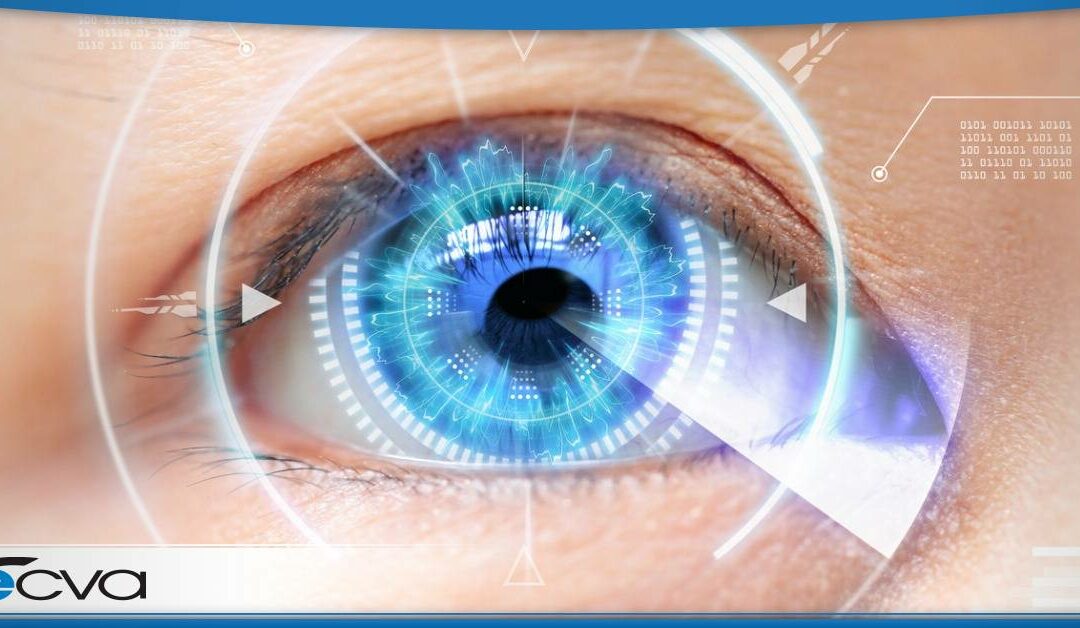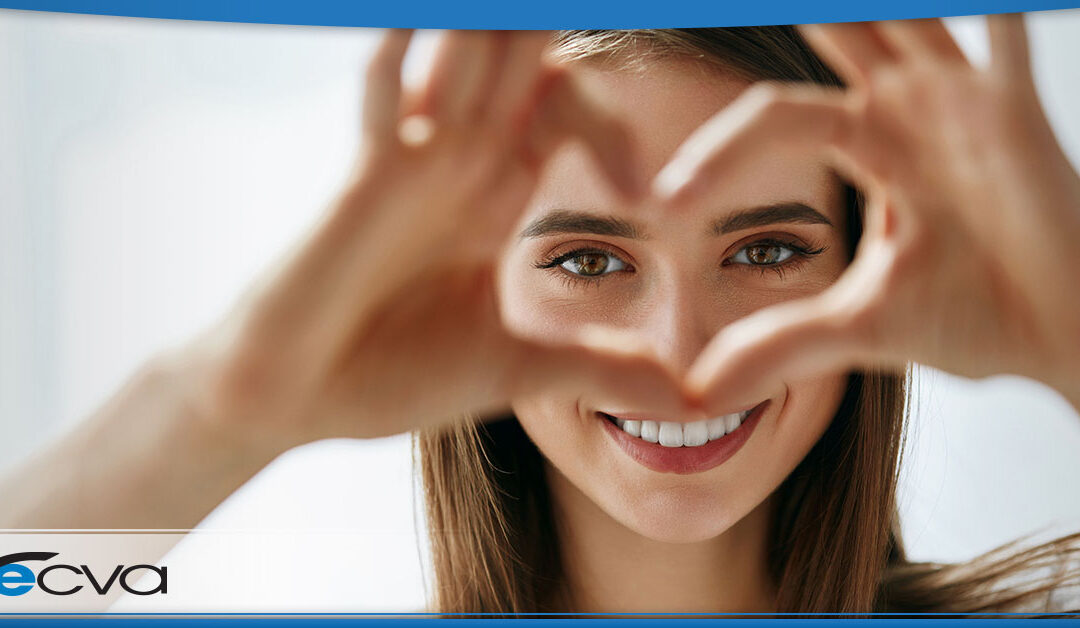
by ecvaeyeadminz | Mar 25, 2022 | Cataracts, Eye Health
Cataracts are some of the most common eye ailments and affect millions of people all over the globe, especially older folks. For many years, cataracts were treated through traditional surgery, which involves making an incision in the cornea to remove the clouded lens....

by ecvaeyeadminz | Mar 24, 2022 | Eye Health
When people think of migraine headaches, physical discomfort or pain is usually the part that comes to mind first. However, migraines can also come with visual disturbances, and it’s even possible to have a migraine where the only symptom is a change to your vision....

by ecvaeyeadminz | Mar 9, 2022 | Eye Health
Many people have questions about their eyes and vision, particularly regarding visual changes, discomfort, and safety. If you’re one of them, here is a look at some frequently asked questions about eyes. Do Wearing Readers Make Your Eyesight...




